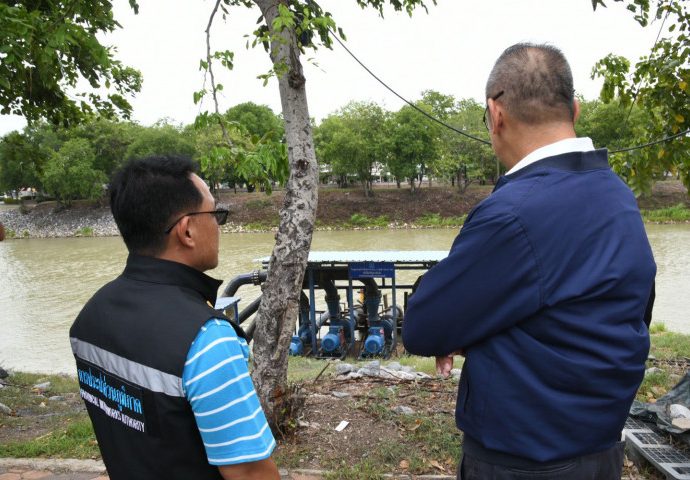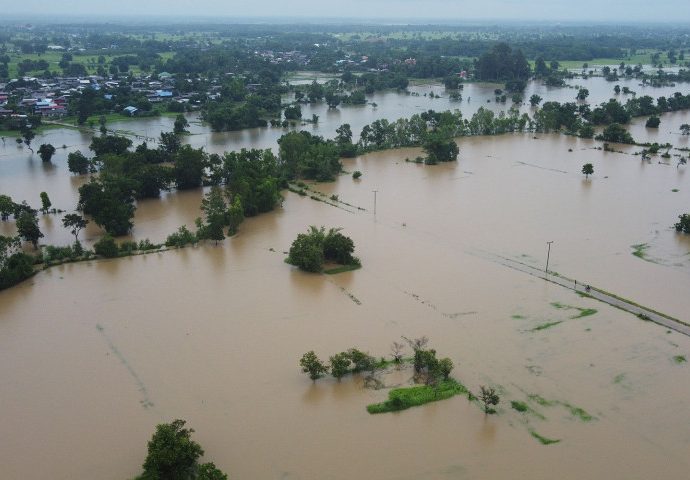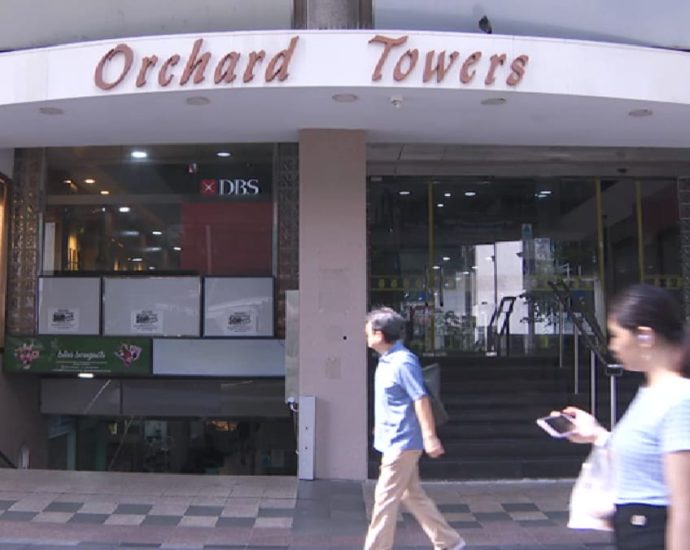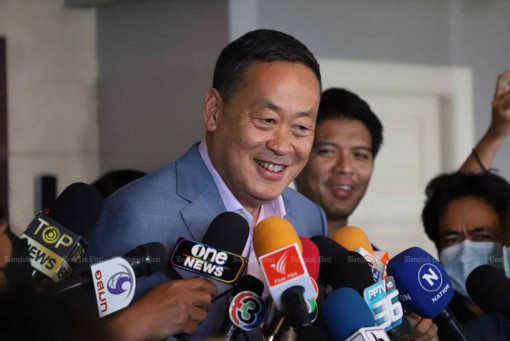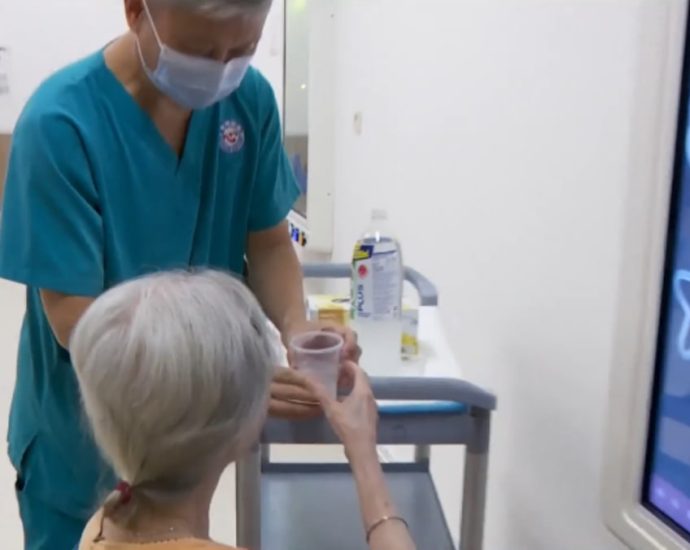In pictures: First of two supermoons in August over Singapore
SINGAPORE: The Sturgeon Moon, the first of two supermoons in August, was seen over Singapore on Tuesday (Aug 1) night. Supermoons are a phenomenon that occurs when the moon’s orbit is closest to Earth, making the moon appear larger and brighter than usual, according to the Science Centre Observatory. The observatory addedContinue Reading


